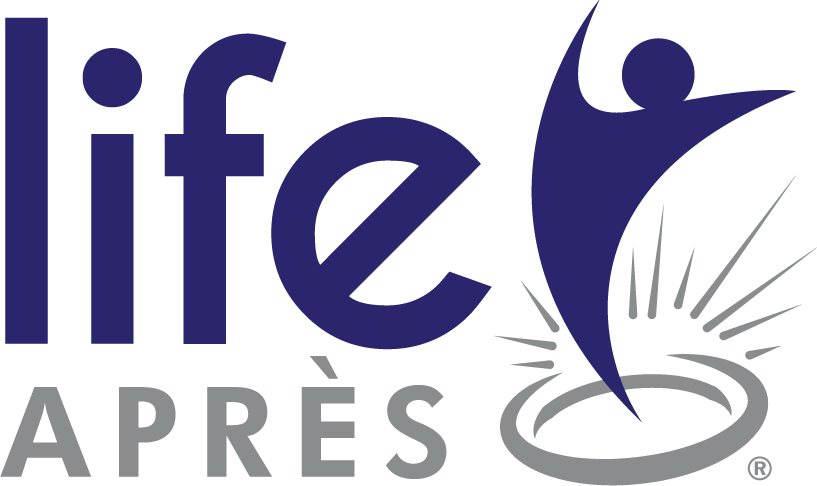Recurring beauty appointments were once staples in our planners. We set firm dates for colors, cuts and weave maintenance. We penciled in times to have our brows arched and our eyelashes extended. We went in for facials and Botox. And we couldn’t live without our twice-monthly mani and pedi.
The coronavirus, however, put a halt to such busyness in the name of beauty.
Weeks in quarantine turned into months, during which we went from virtual business meetings to virtual birthday parties to virtual happy hours in fancy shirts and yoga pants.
We learned how to position the Zoom cameras so no one could tell we weren’t wearing bras. We’ve gotten used to the creases near our eyes. Our roots have grown in silver. Our new growth is spongy.
And guess what? The world is going on.
It’s not that we women have stopped caring about beauty. We just care more about our well-being.
Black women have been having these epiphanies for the past 20-plus years, as many have been opting to move away from relaxers to embracing their natural hair.
Relaxers are painful. Wearing my own hair straight meant I couldn’t run or swim because my Afro would return and that was money down the drain. It took years, but much like the women who’ve embraced their quarantine gray, I decided my well-being was more important than others’ expectations.
“Quarantine is giving us time to really think about how we engage in our beauty rituals,” said Heather Coletti, an adjunct professor of philosophy and feminist philosopher at Villanova University. “The question has become: What does it matter if I have gray hair if I get my time back?
“Are we engaging with beauty thoughtfully, or are we on autopilot?” Coletti asked. “Do we do these things because we want to, or because we have to?”
DIY and natural
Women have engaged in regular beauty rituals for centuries. Ancient Egyptian women bathed in milk and honey and used kohl for eyeliner. Renaissance paintings feature exquisite ladies staring into handheld mirrors.
These rituals are not only long-practiced, but a way we judge ourselves — and are judged by men as well as other women. With or without a pandemic, beauty rituals won’t disappear, said Nioka Wyatt, a professor of fashion merchandising and management at Thomas Jefferson University in Philadelphia.
But our desire to look good might look a little different on the other side of this: What we do is likely to be based on how we feel rather than how someone else thinks we look.
The pandemic may also lead us to focus our attention on different parts of our bodies, like our eyes, which people can see even if masks remain a part of how we present ourselves in public. The trend is already starting. According to market research firm the NPD Group, sales of eye makeup are up.
Another, perhaps, lasting change: DIY beauty and self-care.
Already, more women are buying products designed to be used at home. Wyatt predicts we’ll also switch to using natural and sustainable products for routine maintenance: brown sugar scrubs, olive oil or mayonnaise conditioners for hair.
“This is a time of experimentation,” Wyatt said. “People will really figure out what works for them.”
Taking control
So what does this look like?
For 43-year-old mindfulness coach Marla McDermott, that meant giving up coloring the grays.
“I’d been coloring my hair since I was 18,” McDermott said. “As soon as the quarantine hit, I just let my roots grow out. … I began to wonder: Was this my vision of my best self, or was this someone else’s vision of my best self?”
The result is a salt-and-pepper bob that she and her husband (he handles the undercut) can maintain without regular visits to a salon.
“Vanity is going to become more about feeling good than looking good,” said Joseph Hancock, a professor of online retail and merchandising at Drexel University.
“We will stop trying to conform to the socialized norm of what is attractive,” Hancock said. “We will be our own barometers of beauty.”
We don’t know how long it will be that the style errands we run in the name of beauty and conformity will continue to come with risks. We do know that for the time being, salons aren’t the oases of self-care they once were. We all have to mask up. Beauticians and aestheticians are working faster, leaving little time for pampering in order to leave more time to disinfect stations and squeeze in more appointments to make up for lost revenue.
Many women have returned to salons for the heavy lifts: the cut, the colors, the Botox. But we’ll probably continue to do our own maintenance: the washes, the blowouts, the tweezing, the manicures, and (to my dismay) pedicures.
“The difference is, these choices will be based on what we want to do, not what others want us to do,” said Wyatt.
We’ll drive our own beauty trends based on how we feel. We’ll still care about how we look. But a uniform glossiness we have to maintain at all costs? Those days are over.
